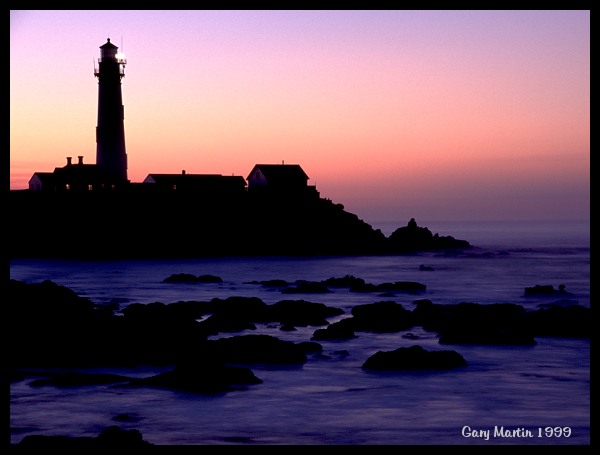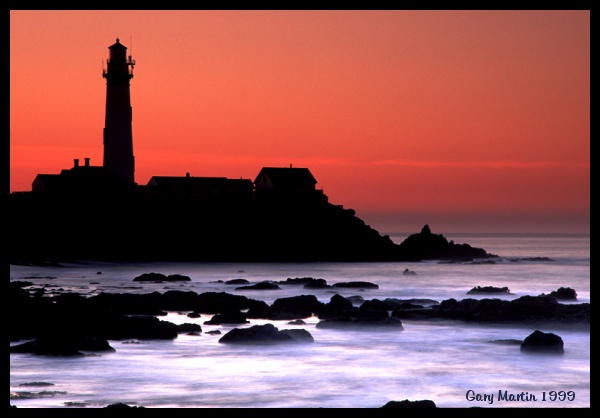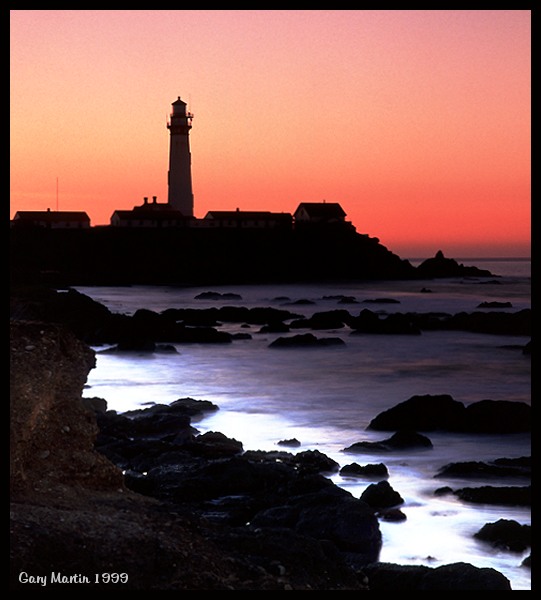Well, Mark posed an interesting question regarding neutral density or ND filters. They come in various types and to make matters more confusing, a range of densities.
TYPES OF ND FILTERS SCREW-IN FILTERS
There are two fundamental types of ND filters. There are the screw-in variety. These look like any other filter. They're round and threaded to fit the size of your lens. If you have a couple of sizes of lenses, rather than buying multiple sizes of filters, by one to fit the largest diameter lens that you own and then buy some step-up adapters for your smaller lenses. That way you can thread the adapter on your smaller lens and use the larger filter, which will save you some money.
Generally, screw-in ND filters are a uniform density across the entire filter. They come graded by the number of stops of light that they hold back. That said, a 2XND or 1 stop ND filter would reduce the light by one stop. The 2X designation comes from the fact that you have to expose twice as long or allow twice as much light to the film, which can be a little confusing if you're not used to thinking in terms of stops of light. This means that if you're shooting at 1/250th sec at f5.6, with the filter on the front of your lens you could either shoot at 1/125th sec at f5.6 or 1/250th sec at f4. Both of these would give you the correct exposure with a 2XND filter. That I've seen, they generally range up to about 5 stops. A 5 stop filter holds back a tremendous amout of light. For the most part, I think most people would seldom need to go beyond about 3 stops and you can satisfy this by buying a 1 stop and a 2 stop and stacking them if you need 3 stops. I should also mention that a 2 stop filter is also referred to as a 4XND and a 3 stop as an 8XND for the multiplication of the amount of light you have to get to the film. Keep in mind though that whenever you stack filters, you run the risk of vingetting the corners of your frame, which can be a down side.
An occaion when you might want to use a screw-in ND filter is, for example, photographing a waterfall when you want a milky stream of water. A filter will let you use a longer exposure, into the range of seconds with a 3 stop to get the sort of effect that you want, which you frequently can't do if there's a lot of light.
RECTANGULAR ND FILTERS
The other type of ND filters are rectangular ones that require a holder that screws on the front of your lens. These are less common and considerably more expensive than the common screw-in filters. They also allow much more sophisticated control of the light getting to the film. They come in arrangements like a soft edge and hard edge graduated ND filter, and reverse ND graduated filter to describe the ones that I have. For the soft edge graduated ND filters, the bottom of the rectangular filter is optically clear. About in the middle, the ND filter starts, gradually, increasing in density as you go to the top of the filter so by the time you're at the top, you're at the full light holdback that the filter is capable of, e.g. 2 stops. The hard edge filters, as the name implies are optically clear at the bottom and have a jump to full filtration in the middle of the filter.
OK, you say, my lens is round what am I going to do with a rectangular filter??? Good question!
These filters are used with a holder that screws into the front of your lens like any other filter. The holder, usually a Cokin P-type for most lenses, has slots that allow you to slide the rectangular filter into them and then position the edge of the filter on the horizon or wherever else you want it to have its effect. Let's say your foreground is in shadow and the sky is bright. If you take a meter reading, the meter is gonig to read the bright sky and expose accordingly. The foreground will be dark and featurelesS.



In comparison, with a 2 stop graduated ND filter, you can set the filter so that filtration starts a little below the horizon. You expose for the foreground and the filter retards the sky so that it doesn't end up over exposed. These things take a little getting used to and probably are for much more serious photographers dealing with extremes of lighting. To show you a couple of examples of how these can be used, check out the following photos of the lighthouse at Pigeon Point, California shot in the predawn light.
This first photo was taken ala natural - no filters. You'll notice that the water is a beautiful but dark blue. The scene was matrix metered in the usual fashion, i.e. the sky is properly exposed and the lighthouse is silhouetted and the foreground dark.

Pretty, but I was looking for the milky effect that you get with long exposures when you have surf rolling in and out. If I exposed for the surf, I'd blow out the color in the sky. Step in 2 stop graduated ND filter. The photo was set up and taken with teh starting edge of the filter on the bottom of the promontory that Pigeon Point sits atop, with the gradient and density increasing as you go up. I metered the surf and could get a long exposure... 15 sec at f32. When the shot was taken, the filter held back the light in the sky and you'll noticed depened the color somewhat giving the effect that I was looking for in this image.

Finally, going for something a little different, I wanted to highlight the surfline in the same manner... frothy white. OK, the nice thing about the rectangular ND filters is that you can rotate the to any angle so I rotated the filter so that the edge of it started along the shore with filtration increasing toward the upper right corner of the image that follows. I was able to uniquely highlight the surf line along the shore which would have been completely impossible by any other means.

One of the hard things about taking that shot is seeing what the devil you're doing through the viewfinder when the light is still very low in the predawn. Getting the angle of the filter right was a challenge. I shot half a roll of film with it in various positions trying to get it lined up properly the way I wanted it. Of the 15-18 photos I took that morning with that set up, I threw out all but one of them!
POLARIZERS AND WARMING FILTERSMark made the point that polarizers gave him a very deep blue with slide film. Yup! They'll do that. If you don't want that much blue, a better choice might be to use one of the warming filters. These are the 81A, 81B and 81C filters. The 81A gives you the least warmth the 81C the most. I only have one of this type of filter, an 81B and it does take down some of the blue that you get in low light with slide films like Fuji Velvia if you want to do that.
All of this has gotten pretty long winded... sort of Photography 501, but I wanted to give Mark a complete lowdown on ND filters and a little about how to use 'em. I hope this has helped some. If anyone has any questions, don't hesitate to ask.
Gary

